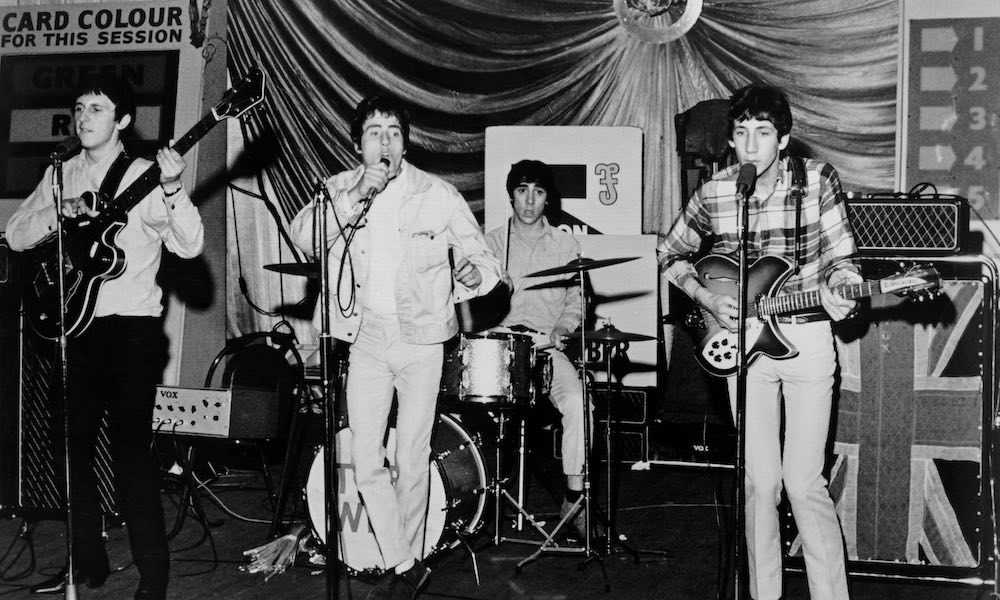The review of the double-sided single released in the UK by the High Numbers, released on Fontana on July 3, 1964, were not particularly auspicious. “Medium twister,” said the New Musical Express of “Zoot Suit,” “but with an inconsequential tune.” Of “I’m The Face,” the paper said “Compelling style, but weakish material.” Little did any of us know that from those modest beginnings would grow the mighty Who.
It was during the brief period when The Who went by the name the High Numbers that they were seen by the would-be film director Kit Lambert. This was as the band paid their dues gigging at the Railway Hotel in Harrow. Pete Townshend broke his first guitar there – accidentally – and Lambert was sufficiently impressed with what he saw to persuade his business partner Chris Stamp that they should become their managers.
None of the members of The Who were out-and-out mods. But the temporary name change to the High Numbers for this debut single was a device to appeal to those that were. Keith Moon, formerly with the surf band the Beachcombers, had only just joined the band, and indeed they only held on to their revised moniker for a few months.
Both songs on the one-off Fontana single were written by their first manager Peter Meaden. They referred to the mod culture that he, by contrast to the band, was very much part of. “Zoot Suit” was a fashion reference and “I’m The Face” parlance for a particularly noteworthy mod.
Meaden, still overseeing the group’s affairs, gave the single as big a push as he could, but the charts remained untroubled. Townshend would be quite dismissive of the single’s failure to represent their increasing live power. “We were getting most of our inspiration from growling R&B songs by Bo Diddley and Howlin’ Wolf,” he wrote in his Who I Am autobiography. “Peter’s two songs were cool enough, but had very little of that driving R&B beat with its hard-edged guitar sound.
An absence of feedback
“Guitar feedback, a staple of our live shows, was entirely absent from the two sides Peter had written,” Pete went on. “On ‘Zoot Suit,’ which was based on ‘Misery’ by [1960s soul outfit] the Dynamics, I play weedy jazz guitar, demonstrating that my solo work was undeveloped. The record didn’t break out, despite Peter Meaden’s assault on the pop magazines of the day. I think it sold about 400 copies.”
Listen to the best of The Who on Apple Music and Spotify.
By November 1964, the High Numbers were The Who again. As they started a 16-week residency at London’s Marquee Club, they were about to write British rock history.
Buy or stream “Zoot Suit” on the compilation The Who Hits 50!




